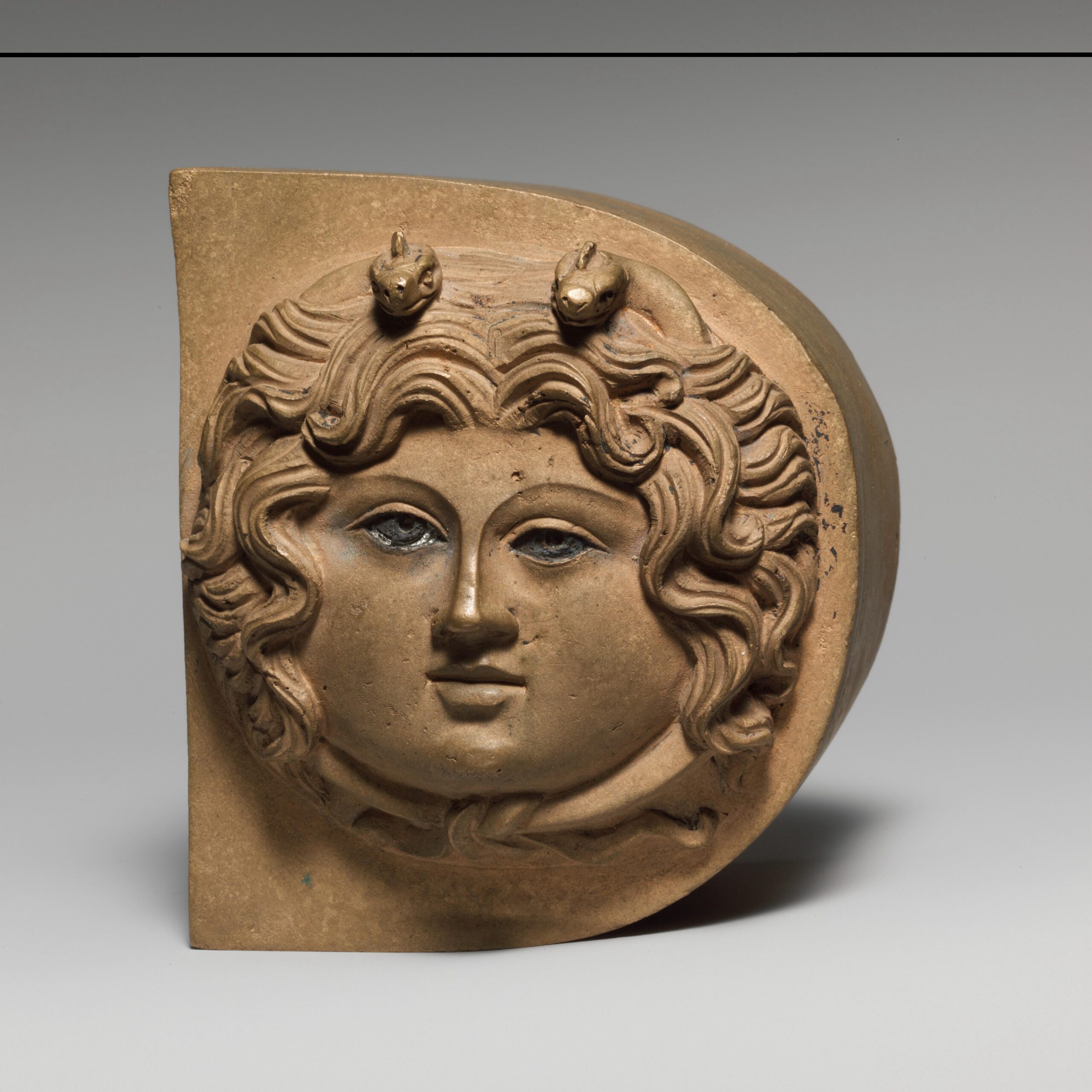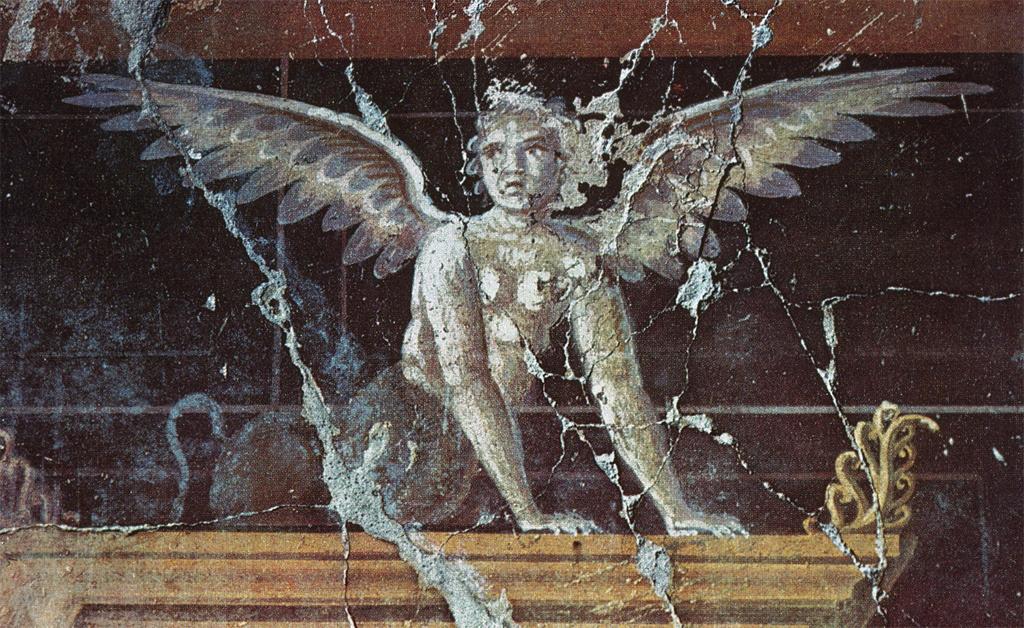As Perseus and Andromeda Rise, Medusa is the Star
For stargazers in the Northern Hemisphere, the constellations of Perseus and Andromeda reach ascendance on 18 February, and are easy to see high overhead during the spring. According to Greek mythology and adopted by the Romans, the warrior Perseus spotted a Andromeda chained to a seaside rock. After battling a sea serpent, he rescued her. Perseus and Andromeda married. It is however the Gorgon Medusa who seized the most artistic imaginations from the lore of Perseus.
Early Greek depictions of Medusa show a winged woman with serpents entwined in her hair, bulging eyes, a wide grin, a protruding tongue, and boar tusks, among other frightening features. According to the myth, any man who met her gaze would immediately turn to stone. The Romans, however, adopted Medusa as an apotropaic attribute of feminine power, and images of Medusa underwent a gradual transformation, changing from grotesque to beautiful.
The exhibition Dangerous Beauty: Medusa in Classical Art , which just opened at the Metropolitan Museum of Art Fifth avenue and will run through January 2019, explores the changing ways in which Medusa was imagined and depicted from antiquity to the present day. A similar shift in representations of sphinxes, sirens, and the sea monster Scylla is also considered. The exhibition features 60 works in all media drawn primarily from The Met collection and emphasizes the enduring appeal of these figures in Roman and later Western art.
Reference: Kiki Karoglou. “Dangerous Beauty: Medusa in Classical Art” in The Metropolitan Museum of Art Bulletin, v.75, no. 3 (Winter, 2018).
Glass-cast Roman Medusa Head Medallion, First Century. Museum of Art, Rhode Island School of Design, Providence.
Roman Necklace with Head of Helios or Medusa, Second Century. Found in the Faiyum, Egypt. This necklace is composed of coarse chain link and a repoussé disc. The Walters Art Museum, Baltimore, Nr. 57.516.
Wall painting detail, Head of Medusa, Baths of Trajan Decius, Rome, 251-253. University of California, San Diego
Roman Bronze finial with the head of Medusa, First Century. The Metropolitan Museum of Art, Nr. 67.11.19.
Wall painting of Sphinx or Medusa, Pompeii: Villa of Oplontis: Triclinium, c. 50. University of California, San Diego.
Further Reading: Kris Hirschmann. Medusa (Monsters and Mythical Creatures). New York: Capstone, 2012.
Carolina López-Ruiz. Gods, Heroes, and Monsters: A Sourcebook of Greek, Roman, and Near Eastern Myths in Translation. Oxford: Oxford University Press, 2017.




